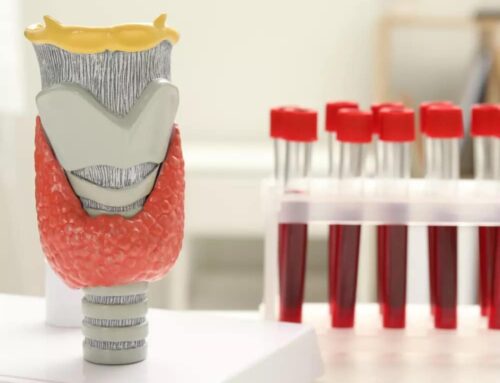Pelvic floor therapy begins with history taking, which includes past surgical and medical history, medications, and sexual, gynecologic or obstetric history. A thorough orthopedic examination is performed, with close attention to the lumbar spine and hips, gait and posture. The assessment usually includes evaluation of both internal and external muscles, with patients often asked to stand, walk and sit to enable the therapist to detect any existing posture or joint issues affecting the pelvic floor muscles.
The evaluation helps to determine whether the therapy is appropriate and guides the creation of an appropriate care plan. And usually, the type of therapy recommended depends on the symptoms experienced. For example, relaxing and lengthening muscle exercises may be necessary to relieve some symptoms while in other cases strengthening exercises are appropriate.
So the eventual treatment plan may include:
- Stretching or strengthening exercises of the legs, trunk or pelvic muscles.
- Relaxation exercises for shortened pelvic muscles.
- Education in self-management and prevention.
- Coordination exercises.
- Biofeedback for either relaxation or strengthening of pelvic muscles.
- Modalities such as ice, heat or electrical stimulation.
Through a tailored treatment plan, the physical therapist manipulates pelvic floor muscles to restore their strength and function. For example, shortened and contracted muscles are stretched to relax in order to relieve pelvic floor pain associated with excessive tightening and cramping. Likewise, appropriate techniques are used to strengthen muscles, alleviate contractions associated with overactive bladder, and keep the bladder, rectum and uterus in their positions. Ultimately, the therapy helps to ease pain and associated symptoms, and restore normal functioning.
Which techniques are used in pelvic floor physical therapy?
Most pelvic floor therapy techniques are hands on and include both internal and external treatment. But since internal therapy does not appeal to some people, therapists are usually sensitive to the needs of every individual and do not begin with internal therapy until a patient is ready. External therapy techniques include nerve release, trigger point therapy, deep tissue massage (myofascial release), skin rolling and joint mobilization.
Internal techniques may involve using specialized instruments or passing a finger through rectum or vagina to do trigger point therapy. The therapy is then conducted by applying pressure on a specific point or injecting anesthesia into trigger points—injections are administered by a doctor or nurse practitioner and not a physical therapist. Besides, physical therapy does not always have to be the only treatment. It can be provided together with other forms of pain treatments, such as muscle relaxing medications or Botox injections.
The common techniques used include:
Education
Patients are taught more about their pelvic anatomy and how different elements work alone and together. They also learn how hygiene and habits affect their symptoms.
Pelvic floor exercises
Patients learn to contract and relax pelvic floor muscles relative to other muscles. They also learn breathing and timing techniques that make the exercises more effective. The exercises are designed to stretch tight muscles, strengthen weak muscles and boost flexibility.
Manual therapy
A physical therapist uses hands-on massage and stretching to improve blood circulation, mobility and posture.
Pelvic floor biofeedback
The biofeedback technique helps to observe how the pelvic floor muscles work. A probe is inserted into a man’s rectum or woman’s vagina and results are displayed on a computer screen.
Electrical stimulation
Low voltage electric current is used to teach patients how to coordinate the contractions of their muscles, helping to reduce pain and muscle spasms. A therapist may perform the treatment in the office or provide electrical stimulation unit to be used at home.
Vaginal dilators
Tube-shaped plastic devices are used to help women learn to relax their pelvic muscles for easier penetration. The progressively sized tools are typically inserted into the vagina to help stretch tight tissues. Women who have undergone gynecological cancer treatment usually find vaginal dilators helpful in vaginal rehabilitation after their treatment.
Give us a Call at Peak Wellness! Whether you want to schedule an appointment or learn more about all of our other services we would be happy to assist!








